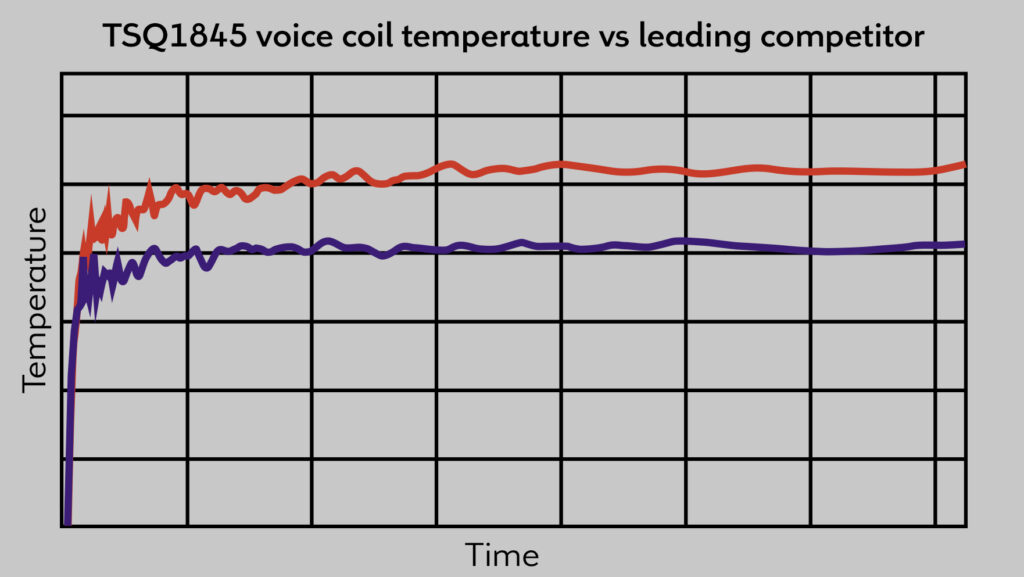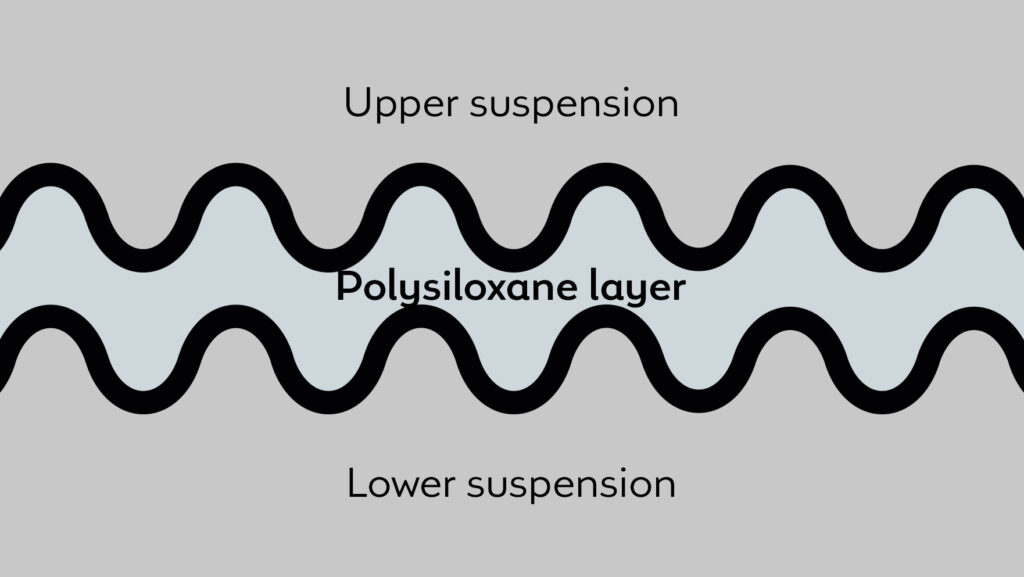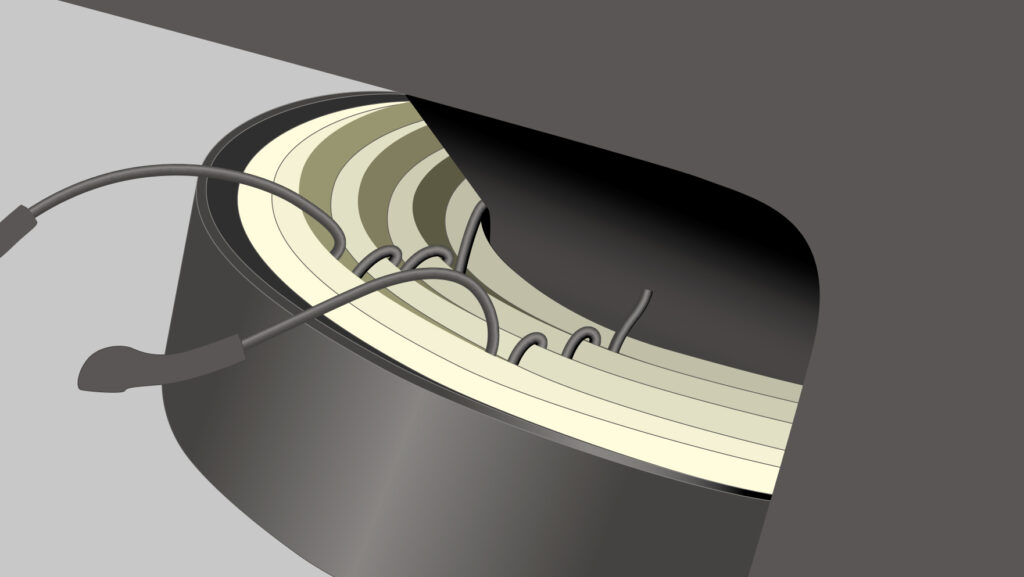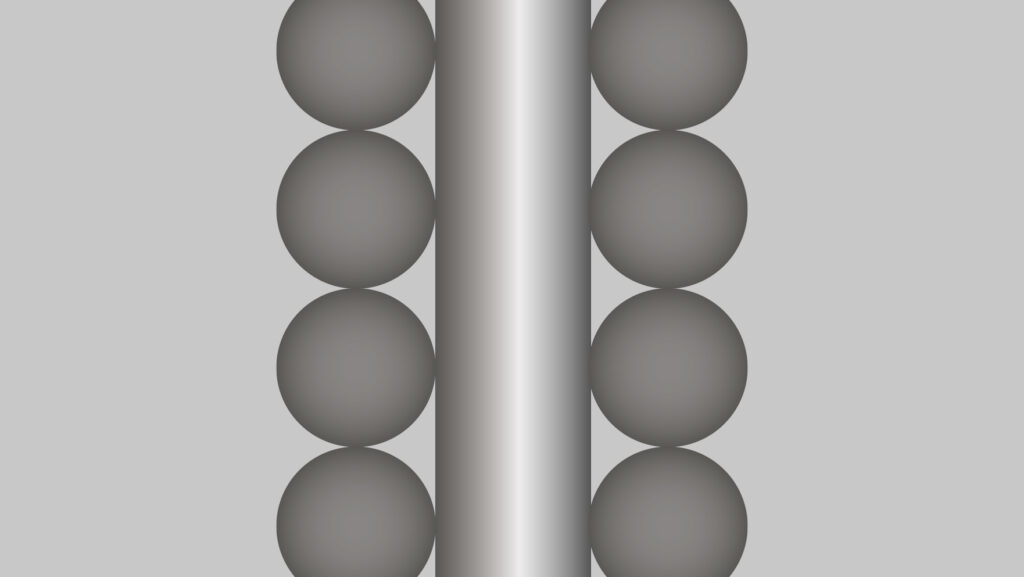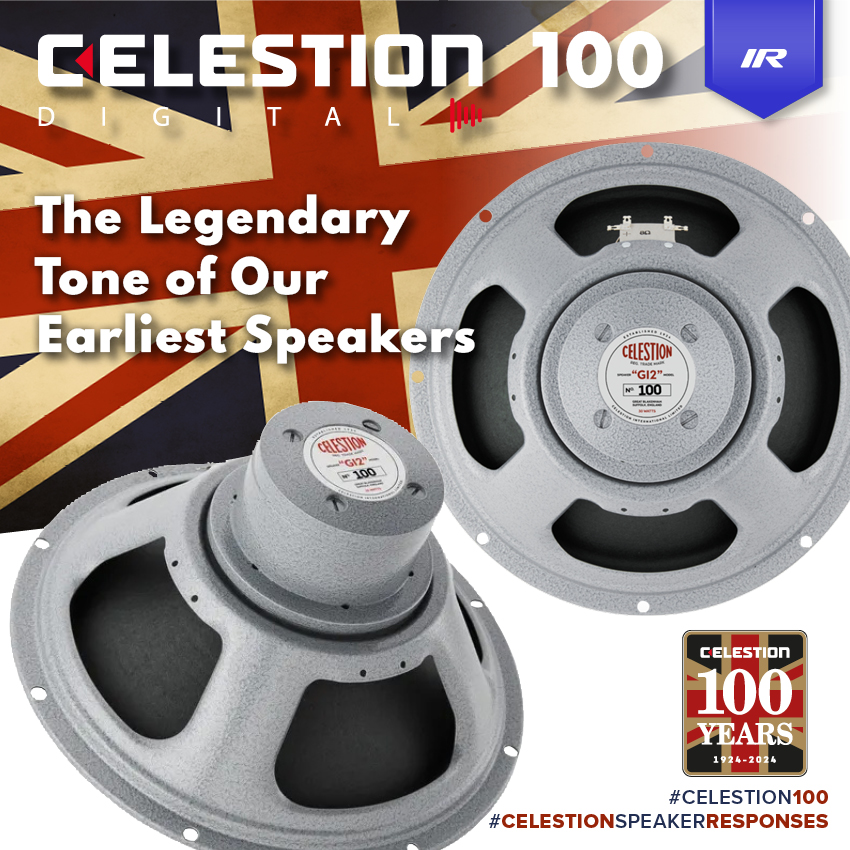The Ten2 development program has revisited every detail of driver design, developing and testing a series of incremental improvements that combine to redefine standards of performance and durability in professional low frequency loudspeakers.
Ten Key Features
Find out about ten key features that add up to a new standard in LF driver performance




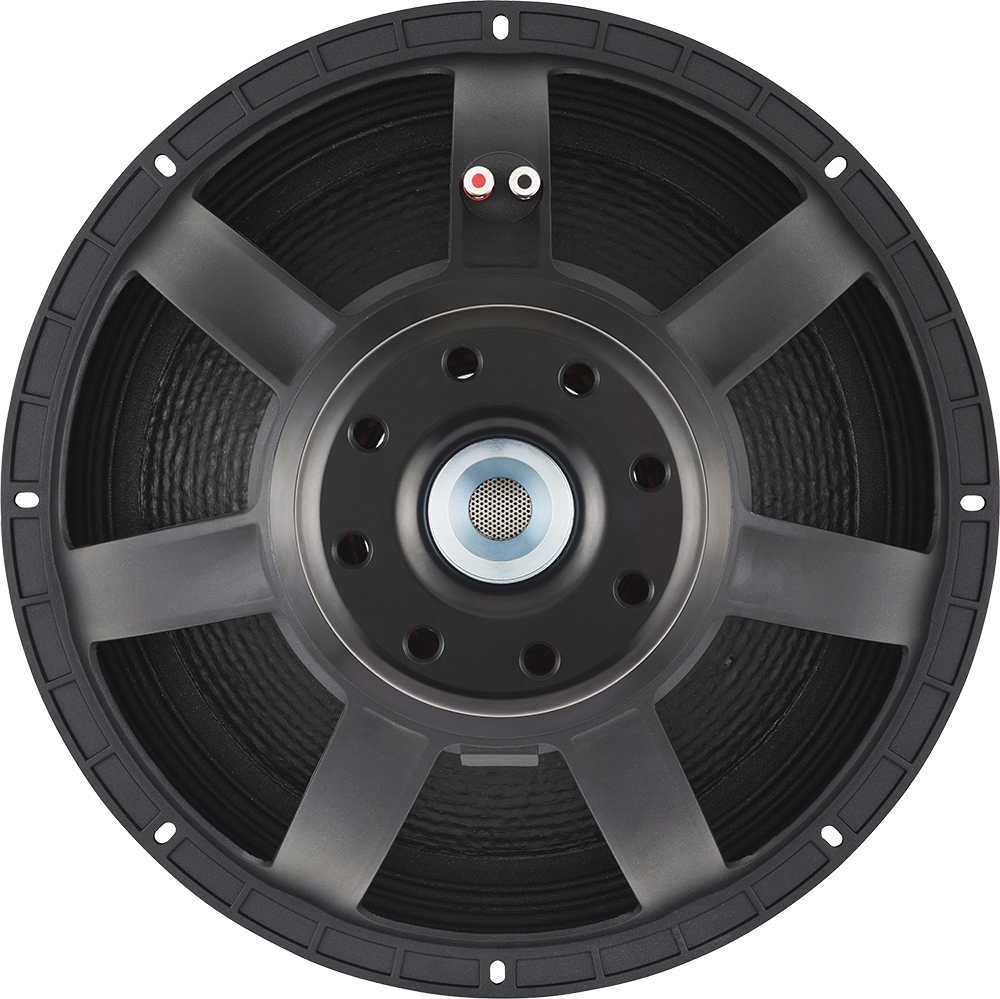



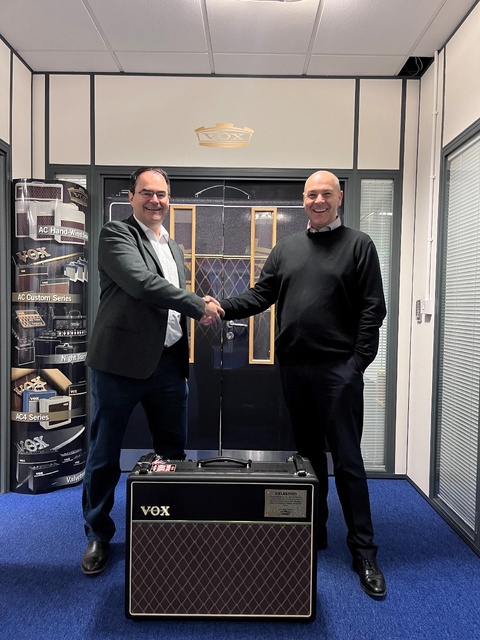
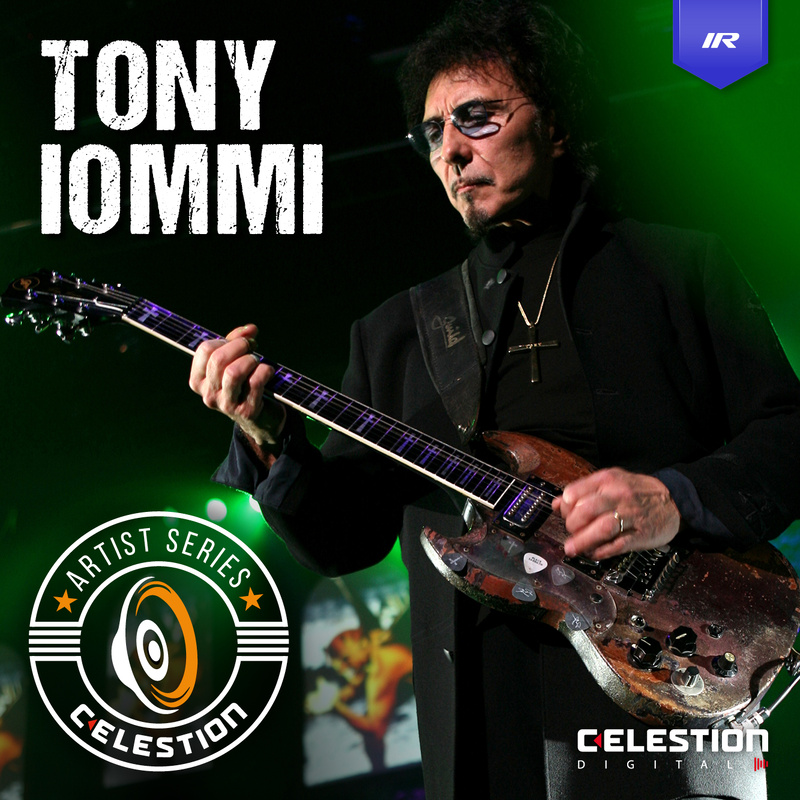
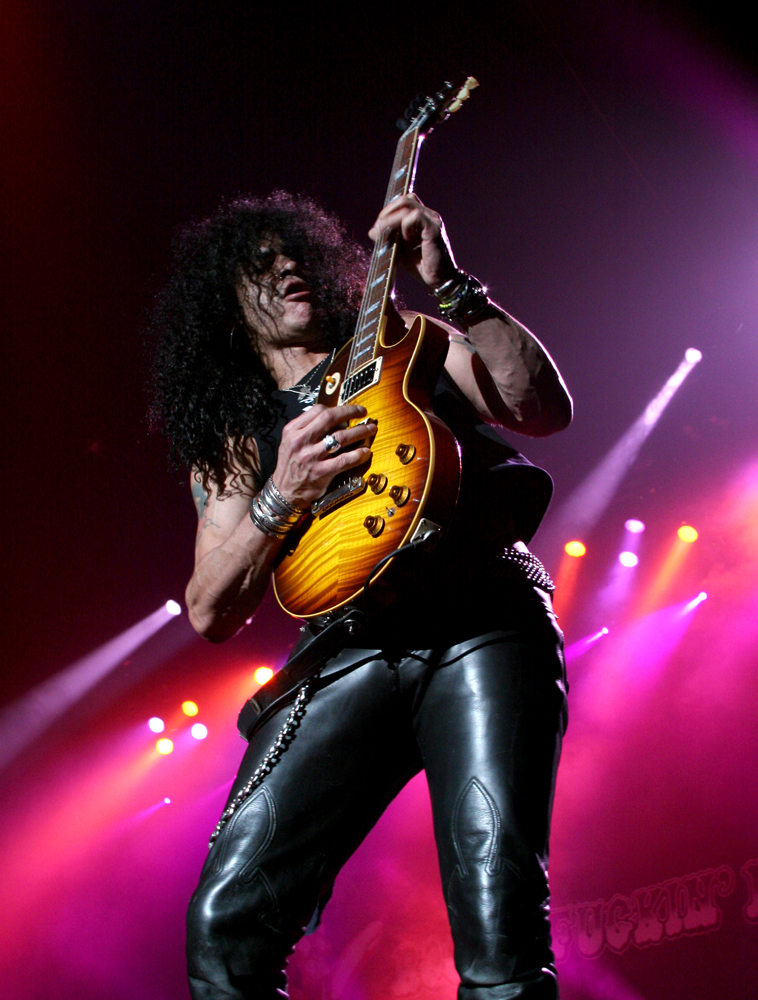

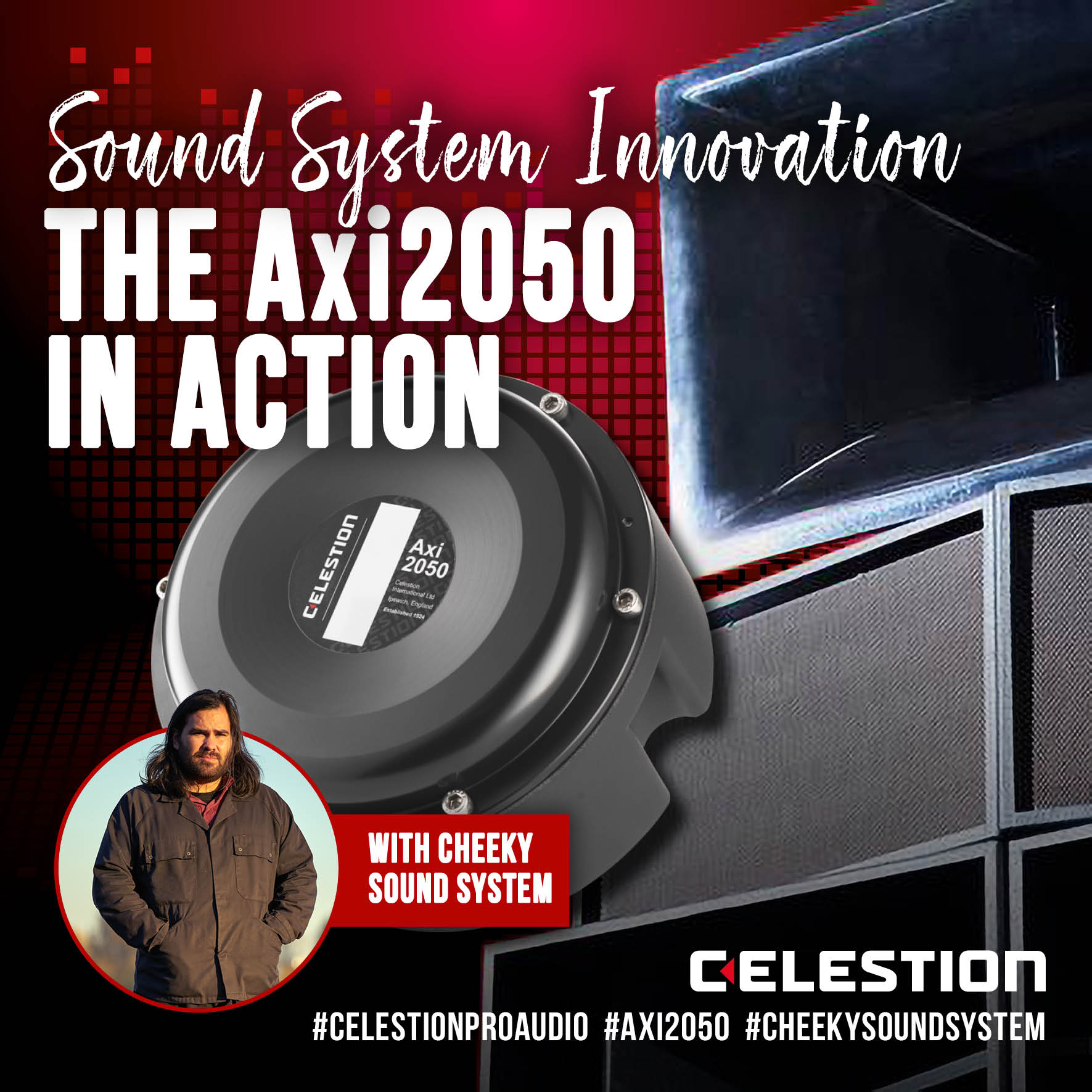
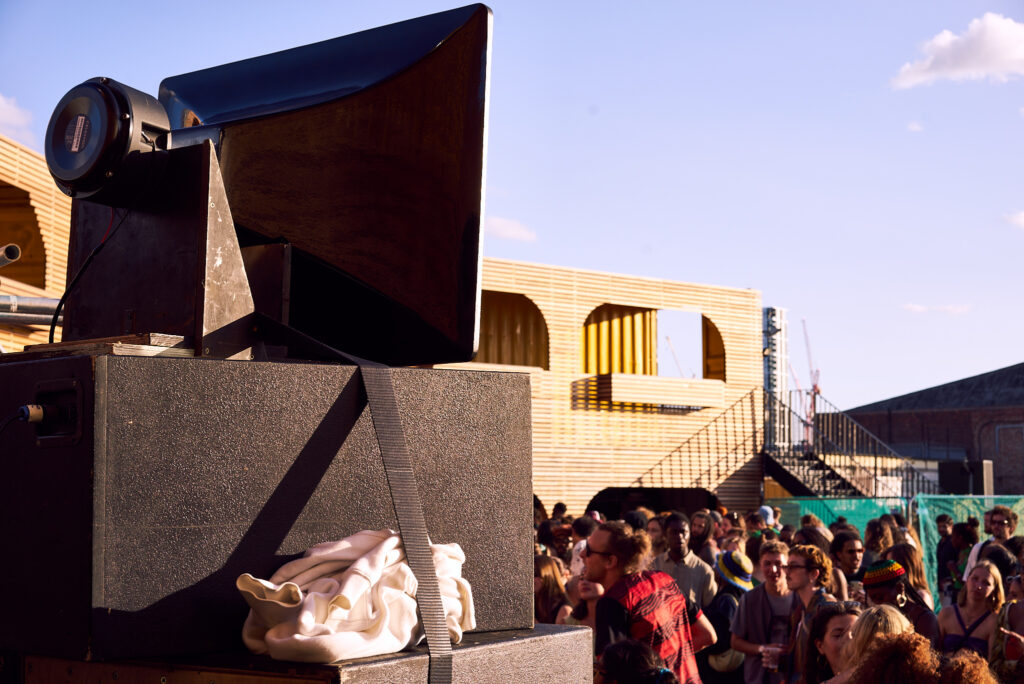 Tell us a bit more about the sound system and the things you’ve done with it.
Tell us a bit more about the sound system and the things you’ve done with it. Where do you see these drivers being utilised?
Where do you see these drivers being utilised?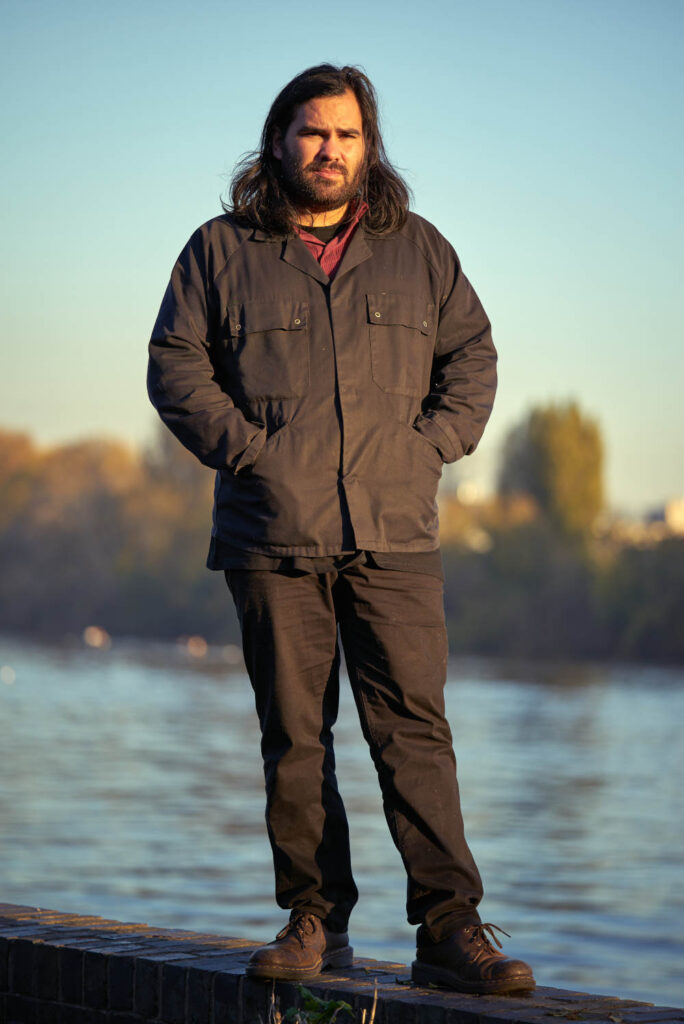 What’s your background in the world of pro audio?
What’s your background in the world of pro audio?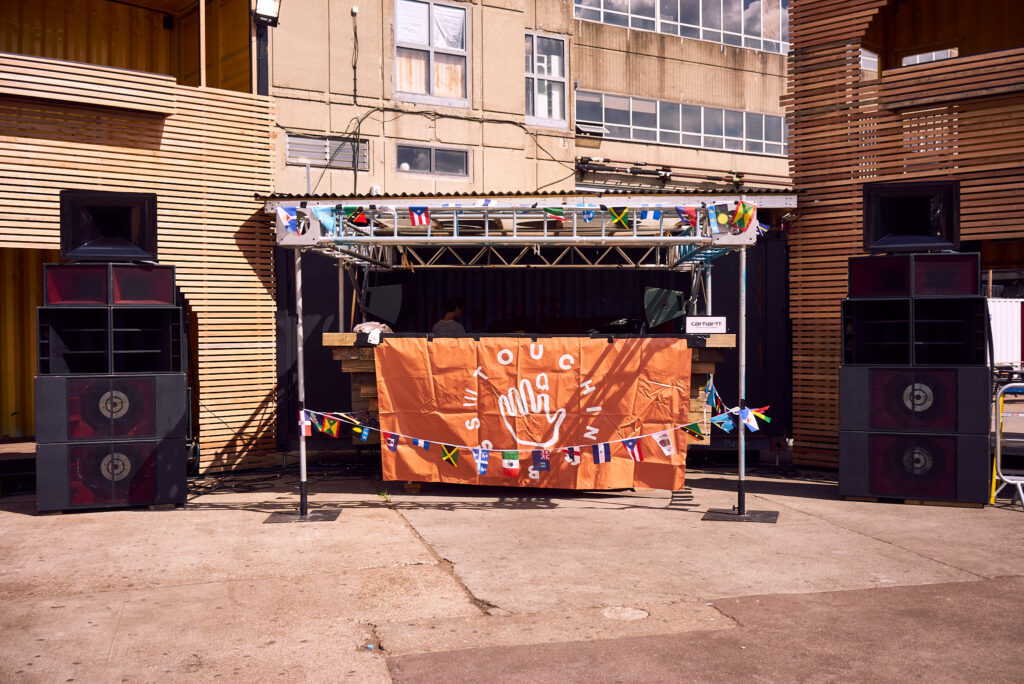 What are your plans for the rest of 2024?
What are your plans for the rest of 2024? 
